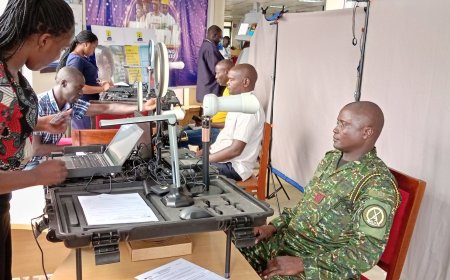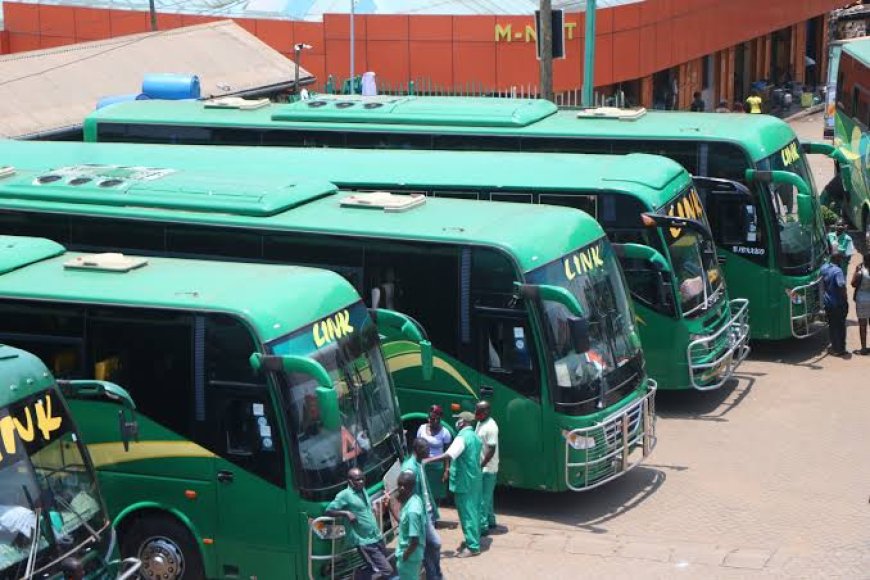UTOF Vice Chairman Calls for Taxi-Specific Data in Uganda Police Crime Report as Road Crashes Rise
The vice chairman of the Uganda Transport Operators Federation (UTOF), Mayambala Mustafa, has urged the Uganda Police Force to provide a more detailed breakdown of road crashes in future annual crime reports.
He specifically called for data categorization based on taxi routes to help improve safety and guide industry regulations, on Wednesday in kampala.
Mayambala’s call comes after the Uganda Police Force’s 2024 Annual Crime Report revealed a 6.4% increase in road crashes, totaling 25,107 incidents.
This rise occurred despite a 19.2% drop in common traffic offenses, which fell from 528,025 cases in 2023 to 426,432 cases in 2024.

According to the report, fatal crashes accounted for 4,434 cases resulting in deaths, while serious crashes led to 13,134 cases of major injuries.
Minor crashes, which involved no fatalities or severe injuries, totaled 7,539 cases. Road crash casualties rose by 4.4%, with 25,808 victims recorded in 2024 compared to 24,728 in 2023. Fatalities increased by 7%, while serious injuries saw a 1.7% rise.
The most dangerous time for road crashes was between 6:00 PM and 7:59 PM, with 3,780 incidents recorded. Sundays saw the highest number of accidents at 3,790 cases, followed closely by Saturdays and Mondays.
Key causes of road crashes included careless overtaking, which accounted for 44.5% of incidents with 5,657 cases, followed by speeding with 5,505 cases.
Other leading factors were hit-and run incidents, careless pedestrians with 946 reported cases, mobile phone use, drunk driving, fatigue, and disregard for traffic lights.

Motorcyclists remain the most vulnerable road users, with 1,720 deaths recorded in 2024, a 13.2% increase from the previous year. Fatalities among passengers of light omnibuses surged by 54.8%, while driver fatalities declined slightly by 1.7%.
In response to these challenges, authorities are implementing several measures to improve road safety, including mandatory vehicle inspections, automated driver testing, intelligent traffic monitoring systems, and infrastructure improvements such as dedicated pedestrian and cyclist lanes.
Mayambala emphasized that breaking down crash data by specific taxi routes would help transport operators identify high risk areas and implement targeted safety measures. He urged the police to include this level of detail in future reports to enhance industry regulations and reduce road accidents.
As road safety remains a growing concern, stakeholders continue to push for data-driven solutions to curb fatalities and improve urban mobility.























































































































